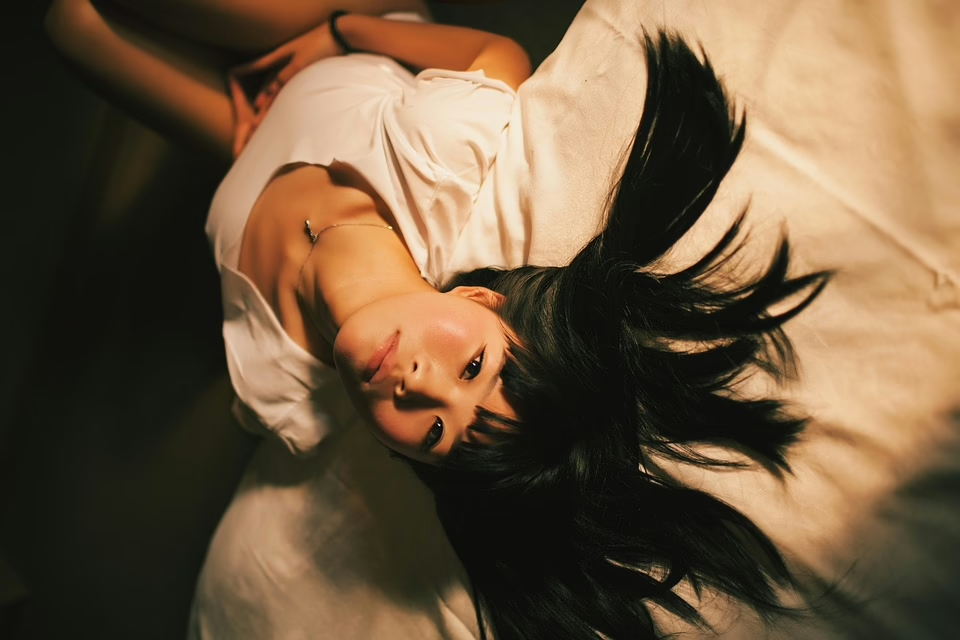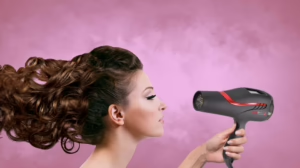Braid Bliss: Innovative Braiding Techniques for Every Hair Length
Braiding has stood the test of time as a versatile and culturally rich method of hairstyling. From simple three-strand braids to intricate fishtails and Dutch braids, the art of weaving hair offers limitless possibilities for self-expression. As hairstyling trends evolve, innovative techniques are emerging to accommodate every hair type and length. This article explores various braiding techniques suitable for all lengths of hair, guaranteed to enhance your hairstyle game.
The Evolution of Braiding: A Brief History
Braiding is one of the oldest hairstyles, with roots that can be traced back to ancient civilizations. Historical records indicate that as early as 5000 B.C., women from various cultures, including the Egyptians and Africans, were braiding their hair. These intricate styles often held cultural significance, indicating status, age, or marital state.
As fashion trends transitioned through centuries, so did the art of braiding. In medieval Europe, braids became symbols of femininity and modesty, while the natural hair movement in the 20th century highlighted the beauty of textured hair. Today, contemporary braiding doesn’t merely reflect cultural identities; it also serves various practical functions, from promoting hair health to improving manageability.
The Rebirth of Braids in the 21st Century
The resurgence of braids in recent years can be credited to celebrity influencers and social media platforms. Instagram and TikTok have become hotbeds for hairstyling tutorials, showcasing innovative styles that are accessible and appealing. The modern braiding movement embraces inclusivity, emphasizing that braids can be customized to suit all hair types and lengths.[^1]
Braiding Techniques for Short Hair
Contrary to common belief, short hair is not a limitation when it comes to braiding. There are numerous styles that work exceptionally well on hair that is chin-length or shorter.
1. Mini Braids
Mini braids are an excellent option for those with short hair. They provide texture and visual interest without adding bulk. To create mini braids, section small pieces of hair and braid them using the traditional three-strand method. These can be left in for a bohemian look or taken out for added waves.
How to Do It:
- Start with damp hair for better grip.
- Divide your hair into small sections.
- Braid each section tightly or loosely based on preference.
- Secure each mini braid with a small elastic band.
2. Crown Braid
A crown braid gives a regal touch to short hairstyles. This style works best with hair that is at least shoulder length, but creative adaptations can be made for shorter hair by using bobby pins to secure loose ends.
How to Do It:
- Part your hair down the middle.
- Create a braid on one side, following the hairline.
- Wrap the braid around your head and pin it in place with bobby pins.
- Repeat on the other side, tucking any remaining hair under.
3. Dutch Braid Headband
This style resembles the classic headband but adds an element of fun and depth. It can accentuate features and is especially popular for casual outings.
How to Do It:
- Start from one side of your hairline.
- Create a Dutch braid that moves across the forehead, incorporating hair as you go.
- Pin the end of the braid to secure it in place across the crown.
4. Twist Braids
Twist braids are simple yet effective for short hair. The technique involves twisting two strands of hair around each other instead of the traditional braid.
How to Do It:
- Split your hair into two sections.
- Twist each section in the same direction.
- Wrap the twisted sections around each other, securing them at the end with a hair tie.
Braiding Techniques for Medium Hair
Medium-length hair opens up new opportunities for more intricate braiding designs. The following techniques blend creativity with accessibility, making them perfect for everyday wear.
1. Fishtail Braid
The fishtail braid is a visually striking style that adds a touch of elegance to medium hair.
How to Do It:
- Divide the hair into two equal sections.
- Take a small piece from the outside of the left section and cross it over to the right section.
- Repeat on the right side, continuing until you reach the end.
- Secure with an elastic band and gently pull the braid to widen it.
2. Waterfall Braid
This romantic braid allows for flowing strands to frame the face beautifully. It works best on medium to long hair, but can be adapted for shorter lengths by incorporating twists.
How to Do It:
- Start by sectioning off the front of your hair.
- Divide that section into three parts to begin a braid.
- Instead of adding hair to all strands, let the bottom strand fall and pick up a new piece of hair to replace it, creating a “waterfall” effect.
3. Box Braids
Box braids are a protective style that can be customized for length and thickness. While traditionally seen on longer hair, they can be adapted for medium-length hair by using fewer sections or thinner strands.
How to Do It:
- Section your hair into square parts.
- Braid each square section using added hair for length.
- Continue until all sections are complete.
4. Reverse Braid
This unique style requires braiding under rather than over, giving the braid a raised appearance. It works exceptionally well on medium-length hair, adding a playful twist.
How to Do It:
- Gather your hair and divide it into three sections.
- Cross the right section under the middle, then the left under the new middle.
- Continue this pattern until you reach the end.
Braiding Techniques for Long Hair
Long hair offers a canvas for creating intricate designs and sophisticated styles. Here are some impressive braiding techniques that you can try.
1. French Braid
The French braid is a timeless classic that is ideal for long hair. It creates a sleek and polished look while keeping hair out of the face.
How to Do It:
- Starting at the crown, take a section of hair and divide it into three.
- Cross the right strand over the middle, then the left over the new middle.
- Gradually add hair from the sides as you move downward.
2. Rope Braid
The rope braid creates a gorgeous texture that mimics the look of rope. It’s an excellent technique for long hair and can be used as a standalone style or incorporated into other looks.
How to Do It:
- Split your hair into two sections.
- Twist each section in the same direction.
- Once twisted, wrap them around each other in the opposite direction to create the rope effect.
3. Ladder Braid
The ladder braid creates a series of looped strands, adding depth and interest to long hair. This technique can be combined with other styles for a unique look.
How to Do It:
- Start with a traditional three-strand braid.
- Leave sections of the braid loose and weave additional strands through them, creating loops.
- Secure the ends and fluff for a more voluminous look.
4. Infinity Braid
The infinity braid might look challenging, but it becomes easier with practice. This intricate style is an eye-catching choice for special events.
How to Do It:
- Divide your hair into three sections.
- Establish a basic braid, then divide the outer strands to create loops.
- Continue this pattern while adding hair as you move down.
5. Braided Bun
The braided bun combines both braiding and updo techniques, resulting in an elegant hairstyle perfect for formal occasions.
How to Do It:
- Start with a loose ponytail.
- Braid the ponytail and secure it with a hair tie.
- Wrap the braid around the base and secure with bobby pins to create a bun.
Hair Care for Braids
While braids can be protective styles, they still require proper care to maintain hair health. Here are some tips:
1. Moisturize Regularly
Prevent dryness by applying a lightweight leave-in conditioner or natural oils. Focus particularly on the scalp and braided sections to keep the hair nourished.
2. Cleanse Gently
Use a sulfate-free shampoo to avoid stripping hair of its natural oils. Clean your scalp with diluted shampoo, focusing on areas that accumulate product buildup.
3. Avoid Tight Styles
While it may be tempting to create intricate designs, avoid styles that are too tight to prevent traction alopecia or hair breakage.
4. Take Breaks Between Styles
Giving your hair time to breathe is essential. Alternate between braids and loose hairstyles to avoid stress on the hair shafts.
Conclusion
Braiding offers a versatile, creative outlet for hairstyling that complements every hair length and type. By harnessing innovative braiding techniques, individuals can express their personality while celebrating their unique hair. Whether you’re a braid novice or a seasoned pro, there are endless opportunities to experiment with styles that suit your life and aesthetic. So, grab your combs and elastics, and dive into the world of braid bliss!
[^1]: Historical significance of different hairstyles and their evolution can be explored further in cultural studies.

























Add Comment